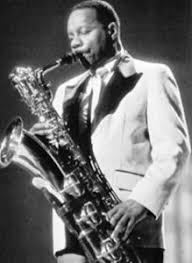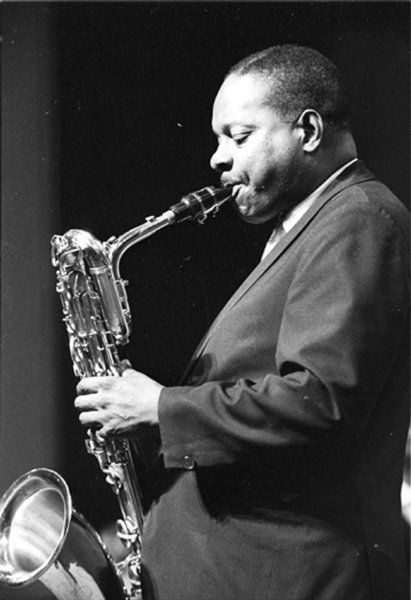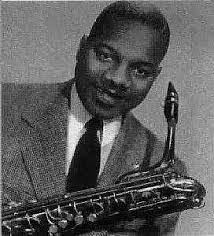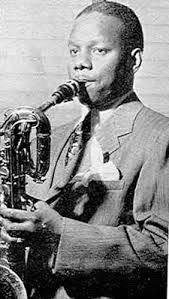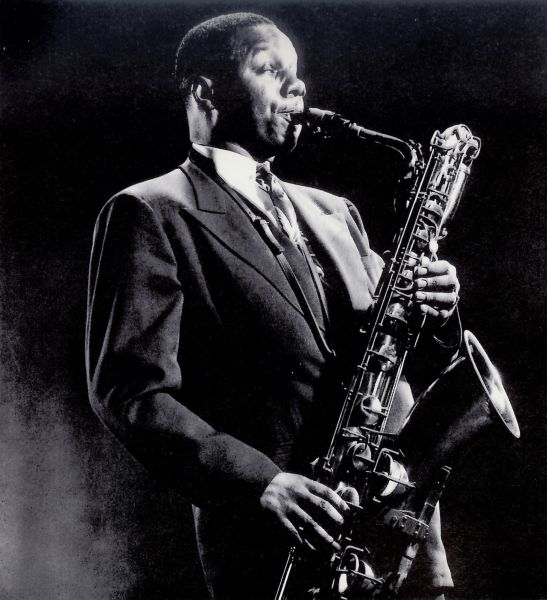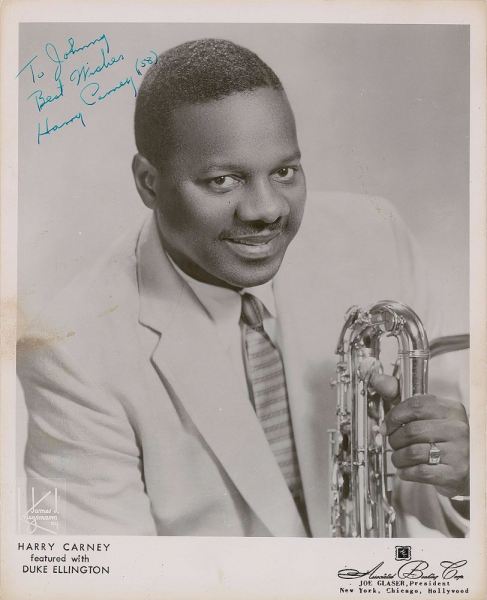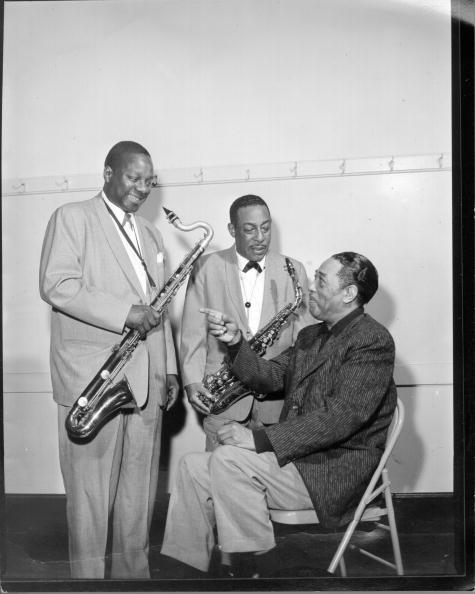Harry Carney
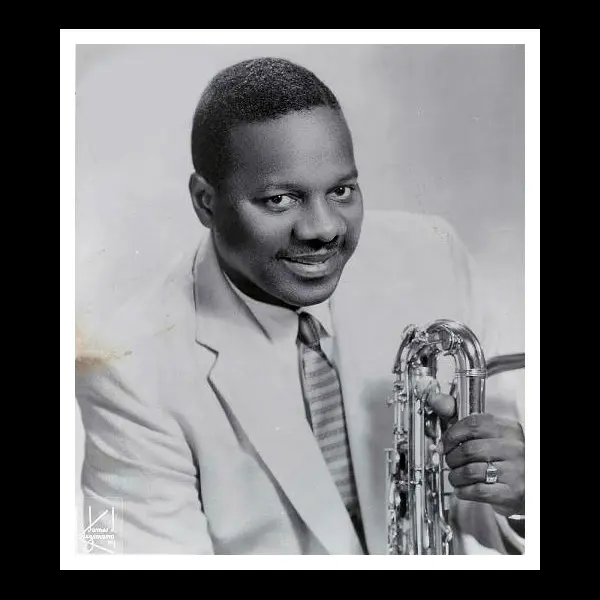
It has been a quarter of a century since Cal Ripken, Jr. broke a record many thought would stand as long as baseball did: 2,131 consecutive games played by Lou Gehrig (Ripken ended his own streak at 2,632 games).
But Ripken’s accomplishment – which took him 17 years – pales in comparison to one in the world of jazz: Harry Carney, born in Boston in 1910, played for 47 consecutive years with Duke Ellington, a record for longevity that is all the more remarkable given the brief lives of most jazz groups, and the tendency of musicians in the genre to depart whenever they spy greener grass over the fence.
MUSICAL BEGINNINGS, JOHNNY HODGES
Carney grew up in Boston’s South End in a building designated by an “h” in the Boston city directory, meaning a free-standing house as opposed to an apartment building. Neither his father, a railroad porter, nor his mother was particularly musical, but he started piano lessons at age six. They didn’t take, and he was soon surpassed on the keyboard by his younger brother. Carney switched to the clarinet, on which he received free instruction by joining the marching band of the Knights of Pythias, a fraternal organization. Later, he took up the alto sax.
The South End was home to many young musicians, including Johnny Hodges, who recalled many years later that Carney lived “about three blocks from me.” The two would spend most of their professional lives sitting next to each other in the Ellington sax section, Hodges on alto, Carney on baritone. There were so many saxophonists in Carney’s neighborhood – and Charlie and Bobby Holmes, James “Buster” Tolliver and Howard Johnson were four of the others – that it became known as “Saxophonist Ghetto.”
Carney and Hodges were schoolmates both in the classroom and informally. “I used to enjoy going to Johnny’s house because he had a very good record collection, and we used to borrow ideas from records,” Carney recalled “We had the old Victrola that you wind by hand, with the horn. It gave us the feeling of being sort of big-time musicians, being able to play some of the things that were on records, for instance by Sidney Bechet, who was our idol.” Bechet’s sound was captured for the first time on record in 1923 as a member of Clarence Williams’ Blue Five, and as a result the two fledgling saxophonists were able to learn by imitation.
EARLY PERFORMANCES, DUKE ELLINGTON, SWITCH TO BARITONE
Hodges and Carney played gigs in Boston with pianist Bobby Sawyer, a native of Roxbury, and eventually began to make weekend trips to New York City with him to work there. Carney also played in New York with Henry Sapparo, a banjoist who led a group known as The Savoy Bearcats. While playing with Sapporo (according to one account), he was heard by an ambitious young pianist-bandleader named Edward Kennedy “Duke” Ellington. Carney was only 17 at the time, but Ellington was sufficiently impressed that when Otto Hardwicke was unable to make a summer tour of New England, Ellington asked him if he could fill in on alto. Thus was Carney’s career as an Ellingtonian launched in 1927.
It isn’t clear who made the decision for Carney to switch from alto to baritone, but Ellington was known for deploying his musicians strategically to fill tonal needs (contrary to convention). In the case of the baritone sax, this sometimes meant that Carney would be enlisted to play the higher note in a harmonic passage, while higher-pitched instruments played the low notes. Carney came to define the baritone’s role in jazz, with no serious rivals on the instrument until the coming of Gerry Mulligan, whom he greatly admired. His Ellington bandmate Rex Stewart, a trumpeter, said of him, “There may be a poll he hasn’t won, but I don’t know which it could be.”
BENNY GOODMAN, ELLINGTON’S COMPANION, DEATH, LEGACY
In January 1938, Carney was part of Benny Goodman’s historic concert at Carnegie Hall along with fellow Ellingtonians Johnny Hodges and Cootie Williams. The concert was advertised as “the first concert of swing music in the history of Carnegie Hall,” the premier venue for the performance of European classical music in America, but it was more important because it brought together, on stage and in the audience, Blacks and whites in a dignified atmosphere to hear America’s indigenous classical music.
After two decades in Ellington’s orchestra, Carney took on a new role: traveling companion. He bought a car and for the next quarter of a century, he and Ellington were sidekicks on a road trip as the two rode together rather than on the band’s bus or train. “We do very little talking,” Carney said, “but if he thinks I’m getting weary, he’ll make conversation so that I don’t fall asleep.” The two became so close that when Ellington died in 1974, Carney said “I have nothing to live for.” Carney himself died four months later, having played with Ellington longer than anyone else.
Carney’s legacy is that of a modest man who shunned the spotlight but nonetheless was an innovator and an essential element of the band he devoted his life to. He is featured as leader on only two albums, but – like the missing piece of a puzzle – if you took him away, the Ellington sound would be incomplete.
(by Con Chapman)
Con Chapman is the author of Rabbit’s Blues: The Life and Music of Johnny Hodges (Oxford University Press, 2019), Kansas City Jazz: A Little Evil Will Do You Good (Equinox Publishing, 2023) and Sax Expat: Don Byas (University Press of Mississippi, 2025).

